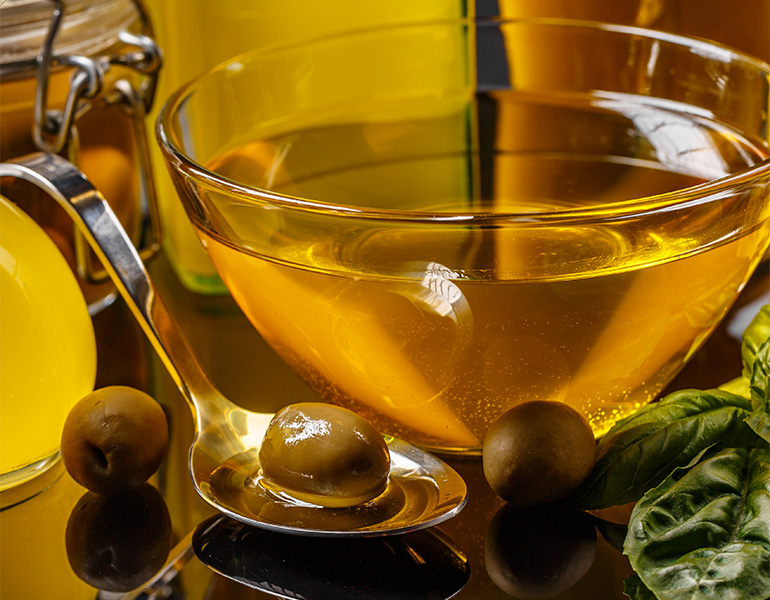The Effects of Malaxation Temperature and Harvest Time on Chemical Properties of Olive Oils

Authors:
Summary
This study investigates the effects of malaxation temperature and harvest time on the chemical properties of olive oils. The effects of different malaxation temperatures (27°C, 37°C, 47°C and 57°C) and harvest times (early, mid and late) on the oil quality of Ayvalık and Memecik olive cultivars were investigated. The results showed that harvest time and malaxation temperature had significant effects on phenolic compounds, pigment content and oxidative stability of olive oil.
Key Findings
- Effect of Harvest Time: Oils obtained from early and mid-harvested olives had higher phenolic alcohol and pigment contents, while peroxide value, linoleic and stearic acid ratios were higher in late harvested oils.
- Effect of Malaxation Temperature: Malaxation temperature has a significant influence on the content and peroxide value of phenolic compounds, especially tyrosol, hydroxytyrosol and pinoresinol. Higher malaxation temperatures may result in a decrease of some phenolic compounds.
- Effect of Storage Time: Storage for 15 months at room temperature in the dark led to a decrease in total phenol content and oxidative stability, and a significant decrease in color and pigment content.
Conclusion
The study shows that harvest time and malaxation temperature should be carefully selected to optimize the chemical properties of olive oil. Early and mid-harvest yield higher phenolic content and oxidative stability, while appropriate malaxation temperatures contribute to the maintenance of these properties. Furthermore, storage conditions also have significant effects on the quality of olive oil.
Resources and More Information
You can visit the links below to access the full text of the article or for more detailed information: